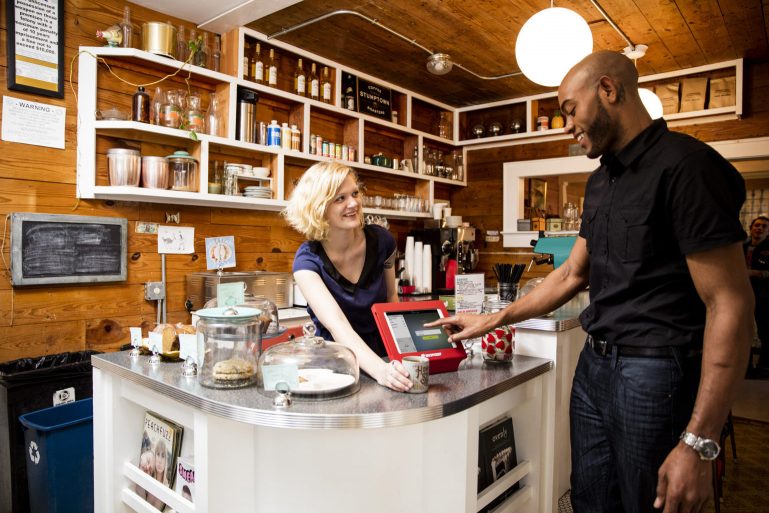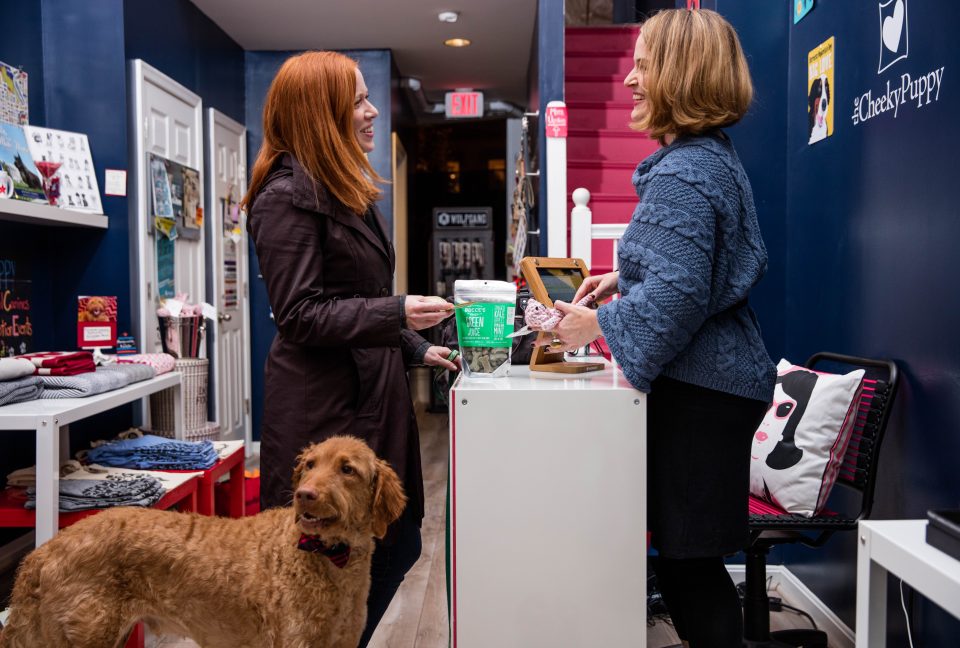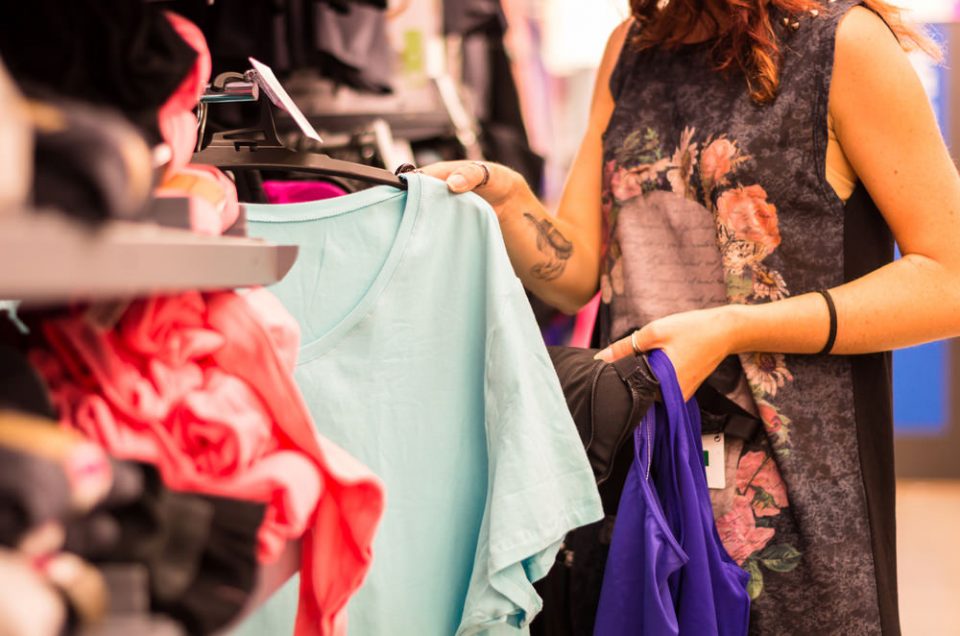
Your Winning In-Store Engagement Strategy
In today’s digital economy, crafting an in-store engagement strategy for a small business is an ever-changing artform.
But it’s also an exciting time in retail. The concept of customer engagement has evolved over the years, leaving retailers with the ability to leverage technology to create more informed and personalized connections with their customers. If you’re looking to reboot your in-store strategy, or need some guidance to get it started, here is a step-by-step guide to tackling in-store customer engagement.
1. Understand Why In-Store Engagement is Important
If you’re of the school of thought that once you get customers into your store, sales will happen organically, you might want to reconsider your viewpoint. Customer appreciation (or the lack thereof) can make or a break your sales. In-store engagement is important because it is mutually beneficial for both the customer and the retailer. Consumer data and analytics, when combined with friendly, face-to-face service, allows employees to create a sense of value and familiarity for in-store shoppers. In the long run, in-store engagement is not only beneficial for the customer, but for the store owner as well. Remember, the happier a customer is with the service being provided, the more likely they are to spend their hard-earned cash in your business.

2. Incorporate Engagement into Your Overall Strategy
Now that you understand why in-store customer engagement is so vital to the health of your business, it’s important to know how to incorporate this into your overall business strategy. Consistent and thoughtful engagement with customers not only increases loyalty and long-term value among existing patrons, but it can help attract new buyers as well. Ultimately, this helps a business’ bottom line by maximizing check averages and driving sales. It’s a win-win for both parties involved. Customer engagement comes in many shapes and sizes. Whether it’s an employee remembering a customer’s coffee order or the specific bottle of wine they bought for a dinner party last month, customers want to know that retailers are paying attention to them and their shopping habits. Interacting with customers and learning their shopping habits is essential to providing a seamless, personalized in-store experience. If you’re looking for information on how to show customer appreciation, check out our post on 26 Inexpensive Customer Appreciation Ideas.

3. Consider a Loyalty Program
Regardless of what your loyalty program might look like or entail, it’s important that retailers find value in their loyalty program. The biggest mistake retailers can make is offering a loyalty program simply because other retailers are doing it. Ultimately, this can lead to a loss of profits. So make sure to put your program to the test. If it’s not actually increasing engagement or generating more revenue, it might end up hurting your business. Retailers have several opportunities to use different loyalty programs as part of their customer engagement strategy. Outside of physical loyalty punch cards, there are several apps and technologies that enable a more seamless customer loyalty program. One great option is capturing customer emails through your POS system. Many POS systems have the ability to integrate with email marketing programs such as Mailchimp. This allows retailers the flexibility to send emails to a segmented group of customers with specific purchase preferences. For example, customers who normally buy Zinfandel from California could receive a discount for a bottle of Zinfandel at a higher price point. Other customers, such as a specific group that tends to purchase Malbec, could receive a different email. Leveraging email marketing not only helps to increase customer engagement, but helps to create a valued long-term relationship with patrons.

SEE ALSO: Integrating Email Marketing Software With Your POS System
4. Train Your Staff Accordingly
Having a friendly staff that smiles when customers walk in the door is nice, but it’s not what’s going to drive sales. Retailers need to train their staff to be personable and interact with customers, but technology also plays a big role when it comes to improving in-store engagement. By using cloud-based POS software, employees can use powerful backend analytics to determine the purchase histories of specific customers or products that are popular. This can help inform employees for future recommendations to potential customers. By training their staff to leverage these tools, retailers will better connect with their customers, foster stronger relationships, and create an in-store customer experience that’s consistently worth returning for.

5. Leverage Digital Engagement
Today’s digital environment is a retailer’s best friend. Social media, for example, takes business awareness beyond just the storefront and exposes it to a wider audience. But it also has the potential to hurt in-store engagement. If a customer is continuously on their phone, they are more engaged with the price of the items they are shopping for and less with the incredible in-store experience you have created. You can be one step ahead of your online competition however, by merging both digital and in-store engagement. Your primary competitor might be offering a once-in-a-lifetime deal, but think of creative ways in which you can outmatch that deal. If your competitor is selling a set of dishes for $100, are you able to sell that same set for $75 with an in-store pickup? Try this out online by advertising on social media and gauge the response you receive. Remember, if you get your customer in the door to make the pickup, and engage them properly once they’re there, chances that they walk out with more than just one set of dishes is high. Learning how to effectively upsell in this case can make all the difference. So check out our post on how to upsell at your point of sale. But if you’re not able to match your competition, there are still a variety of retail pricing strategies that you can apply to give you a competitive advantage.
SEE ALSO: Survey Says a Service Mindset is Crucial
While analytics and social media are making small businesses more personalized than ever, in-store engagement strategies will remain the key to strong customer engagement. Consumers like to frequent businesses that fit their needs, preferences, personal interests, and lifestyles, and many still appreciate having a more personal connection to the places that they shop at. When it comes down to it, technology can contribute a great deal of value to retailers, but it will never be able to replace the one-on-one experience of human interaction.
Want to try ShopKeep for yourself?
Just answer a few easy questions.
Need help finding the right point of sale?
Just complete the form. We’ll call you right back to explain how ShopKeep can work for you.
Hit the ground running.Sprinting, in fact!
Read our free, comprehensive guide, Small Business 101, to learn all you need to know about starting a thriving business.

